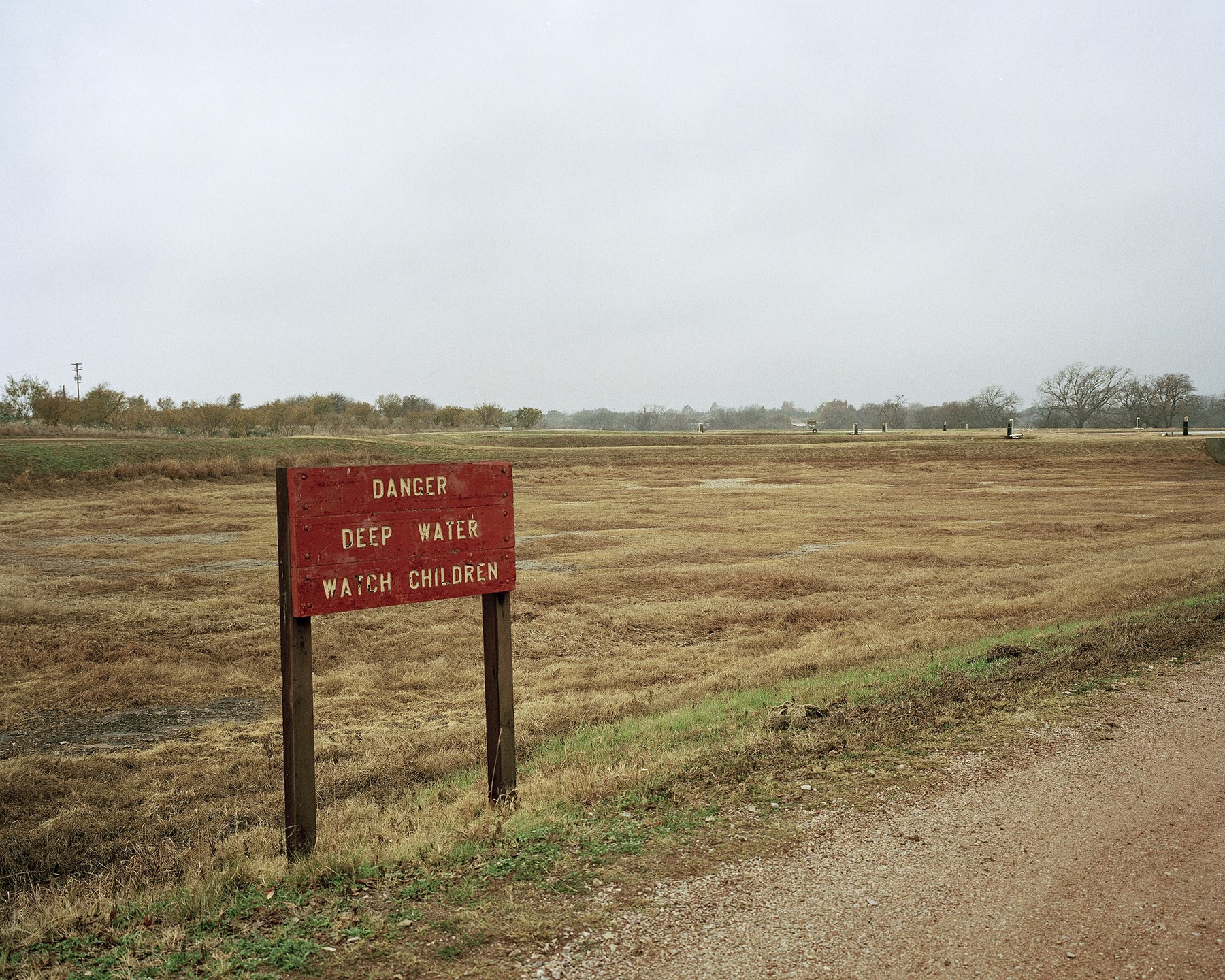The Future

© Richard Wasserman, 2012
Before the heavy rains of 2015, a variety of dire scenarios had been painted for the lake and the local economy. Just before the rains consultants for Burnet and Llano counties had come up with a “Low Lake Scenario” forecast of the economic impact on the region over the next 20 years if the drought was to have persisted. Comparing this to a “Baseline Scenario” of lakes at normal levels with past full recreational activities, they predicted that in a continued drought visitor spending would be $209.7 million or 34.4% lower than the baseline scenario over the next 20 years; tourists-generated employment would be 2,645 jobs, or 13.2 percent lower than the baseline scenario; and state and local tax receipts from recreational visitors would be $10 million or 43.7% lower than the baseline scenario. [1]
It looks like the economic doomsday scenario will not kick in because of the change in weather. However, this positive change “as conditions develop” may only be temporary. In addition to the challenges of changing weather, there are the man-made challenges of economic growth placing more demands on the water supply for both consumption and for energy production. The legacy of eminent domain is a complicated one. While it produced what can be a thriving recreational area in good times, it also is an element in a pro-growth ideology that has created more and more demand for water and energy. Eminent domain’s “public good” of creating a more predictable river, new electrical grids, and economic growth in the 1930s, may have produced other long-term challenges for this fast growing region. Conservation, limiting growth, and developing more sustainable practices may be the focus in upcoming years. Just as the weather is cyclical, the expansion-oriented nature of eminent domain may be seeing its counterbalance in conservation-oriented activities.
Despite the once-again full waters of Lake Buchanan, the memories and images of the drought are in the back of people’s minds. Will the replenished lake bring back the businesses that were lost? In this era of climate change, will it shrink again?
Memories can have powerful impact on communities. Just as those displaced by the inundation in the 1930s continued to remember their farms, orchards, and life in the small towns that once were, there is a different kind of memory today. Community members remember the years when the lake disappeared along with their livelihoods. This memory represents an ongoing, living caution of what might still happen—something that eminent domain cannot fix.
Just a short time ago in 2013, Karon Milam reflected on the specter of the drought:
"I hate to think about all of these other folks around that have a note hanging over them that have bought their resorts with the understanding and the intent of being able to make their payments based on the income they are getting from those places and now there is none. If you haven't been to town you need to come just drive through, it's really kind of like a ghost town. It's really pretty sad."
[1] TXP et al., p. 65.

